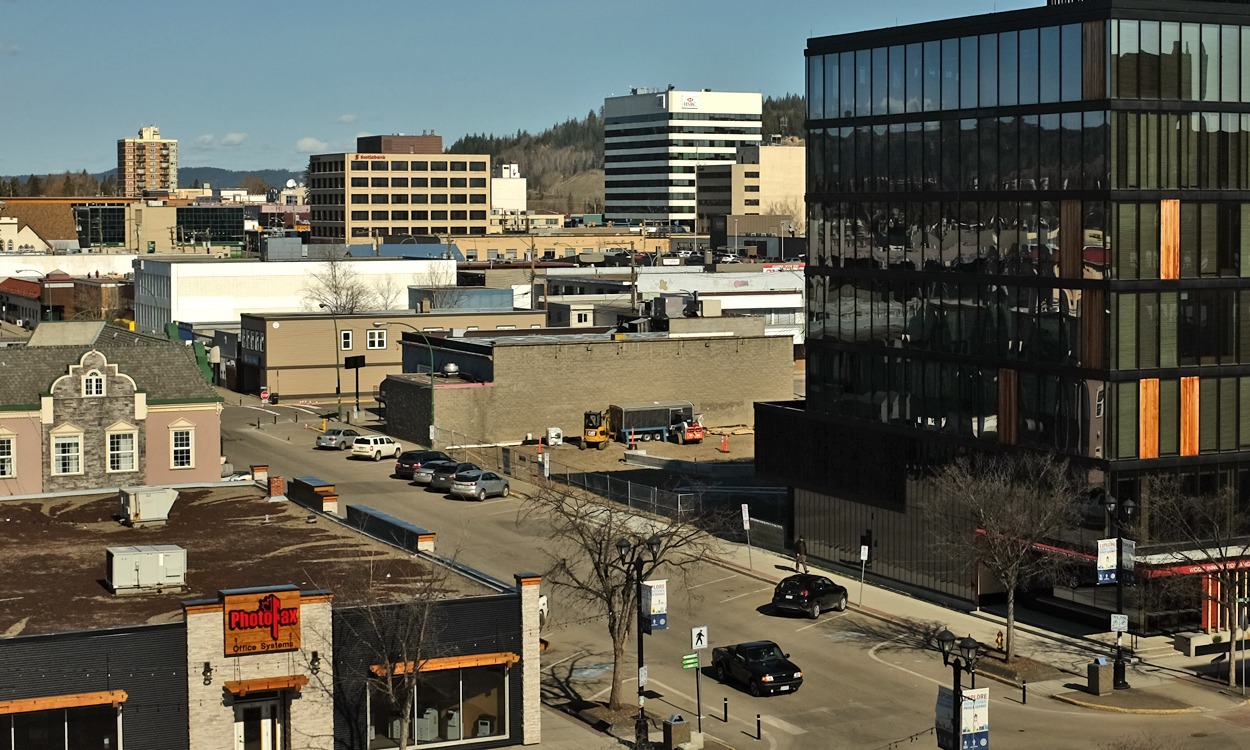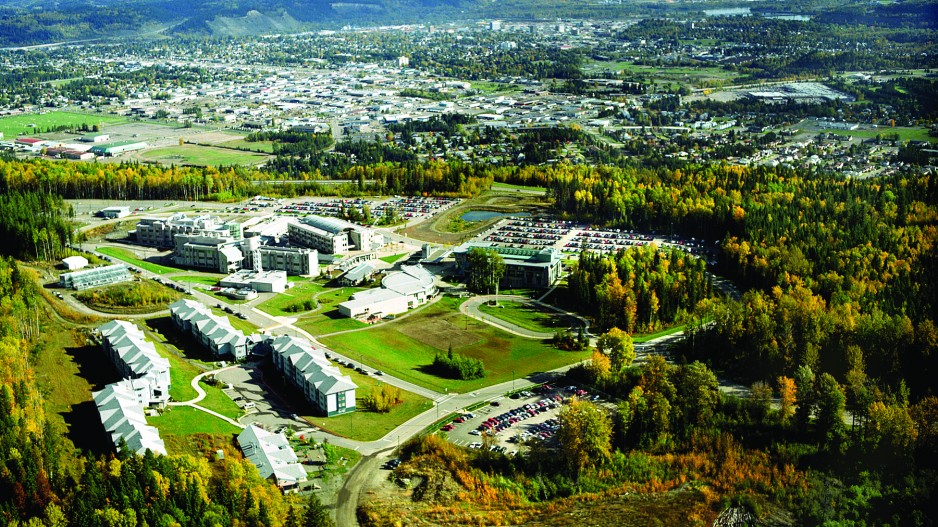Prince George City, located in the Canadian province of British Columbia, has undergone significant infrastructure and urban development in recent years. This blog aims to provide factual and statistical data, with precise numbers, showcasing the city’s progress and highlighting key initiatives that have contributed to its growth.
Population Growth
Prince George City has experienced steady population growth over the years. As of the latest available data in 2023, the city’s population stands at approximately 86097 residents, a notable increase from the 2016 population of 74,003.
Transportation Infrastructure
a) Road Networks: The city boasts a well-developed road network, with over 1,000 kilometers (621 miles) of roads and streets within its boundaries.
b) Public Transit: The Prince George Transit System serves as an essential transportation option, providing bus services across the city and connecting various neighborhoods. The system comprises a fleet of 47 buses, covering approximately 20 routes, and serving around 3.4 million passengers annually.
Education
a) Schools: Prince George City is home to numerous educational institutions, including public and private schools. The School District 57 operates 39 schools, catering to the needs of approximately 14,000 students.
b) Post-Secondary Education: The University of Northern British Columbia (UNBC) is a prominent institution in Prince George, offering a wide range of undergraduate and graduate programs. UNBC accommodates around 4,500 students annually.
Healthcare Facilities
Prince George City boasts a comprehensive healthcare system, with multiple facilities catering to the community’s needs. The University Hospital of Northern British Columbia (UHNBC) is a major hospital within the city, providing specialized services and serving as a regional referral center. UHNBC has 421 beds and offers various medical services, including emergency care, surgery, and specialized treatments.
Economic Development
Prince George City has witnessed significant economic growth and diversification, contributing to the region’s overall prosperity.
a) Industries: The city’s economy is supported by industries such as forestry, manufacturing, healthcare, education, and mining.
b) Major Employers: Some of the largest employers in Prince George include Canfor, Northern Health, the University of Northern British Columbia, and the School District 57.
Housing
a) Residential Developments: Prince George City has seen ongoing residential development, providing housing options for its growing population. In recent years, there has been an increase in the construction of single-family homes, multi-family units, and apartment complexes.
b) Affordability: The city offers relatively affordable housing options compared to other major urban centers in British Columbia. The average price of a detached home in Prince George is around CAD 380,000, making it an attractive choice for residents and potential homebuyers.
Prince George City has made remarkable strides in infrastructure and urban development. With a growing population, well-established transportation systems, a range of educational institutions, comprehensive healthcare facilities, a diverse economy, and ongoing residential development, the city is steadily shaping its future. As Prince George continues to evolve, its commitment to sustainable growth and community well-being remains at the forefront of its development plans.








